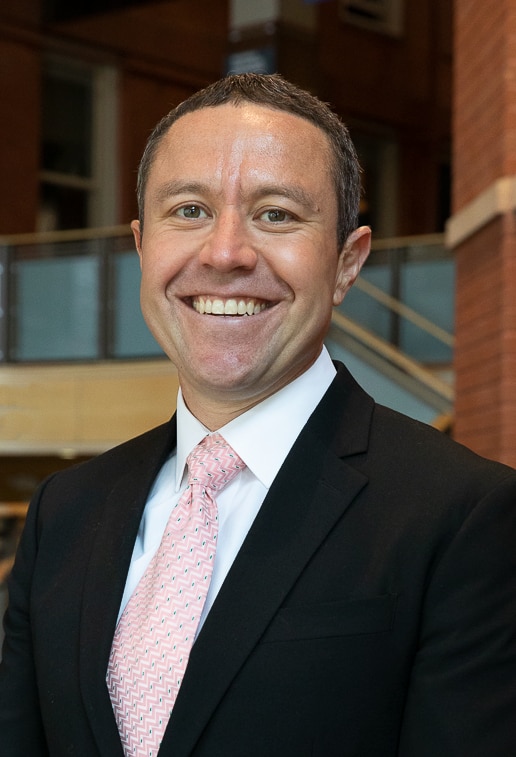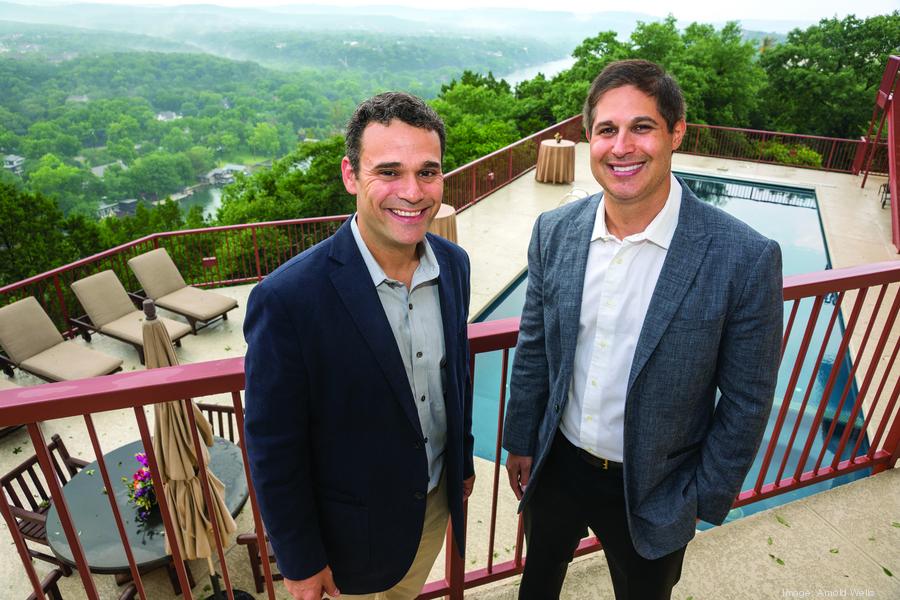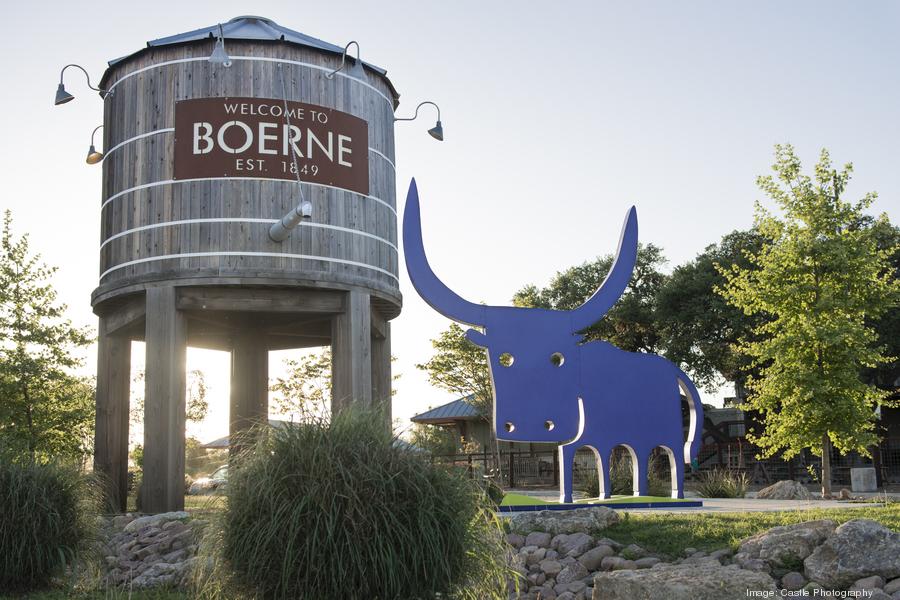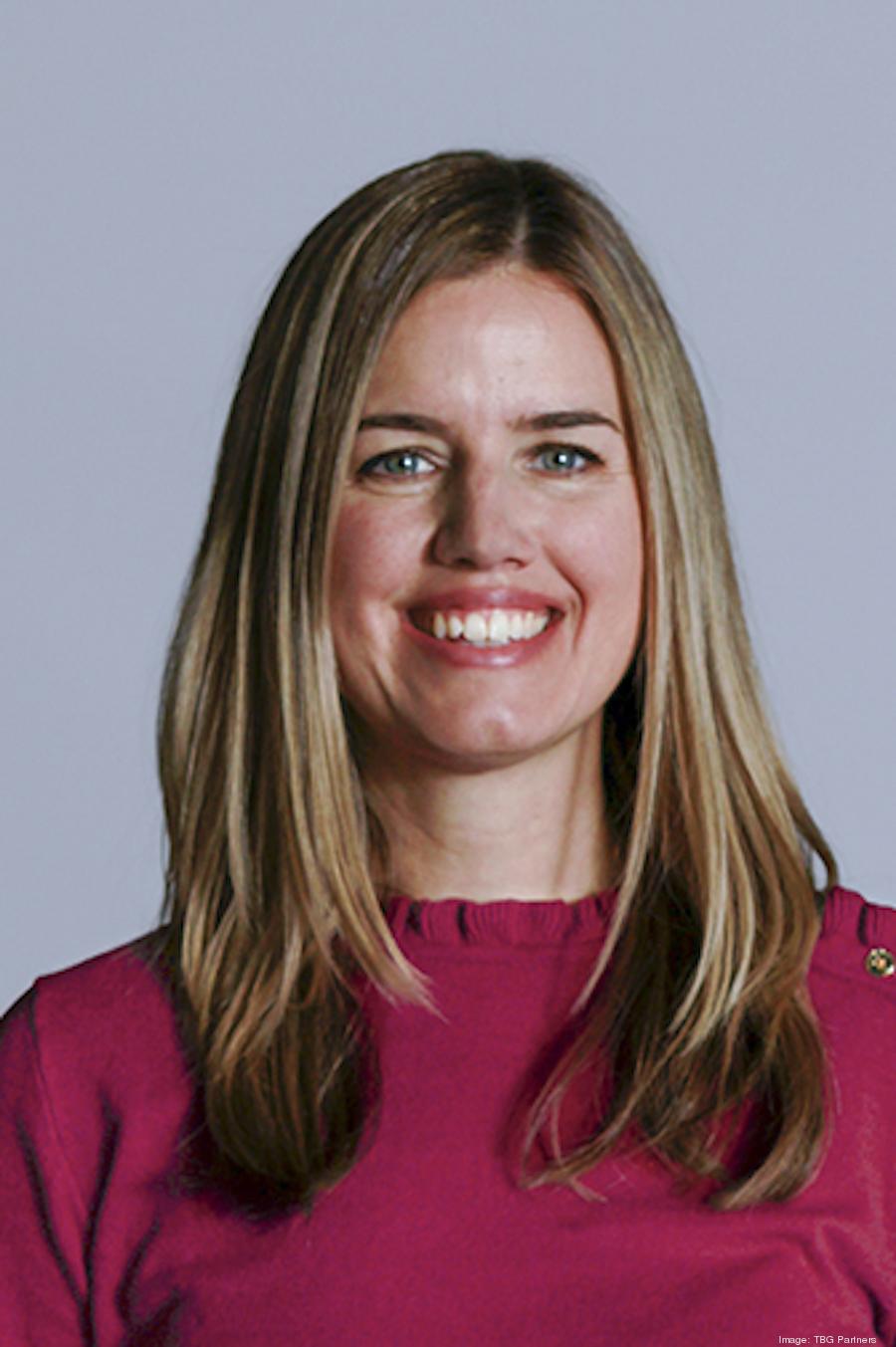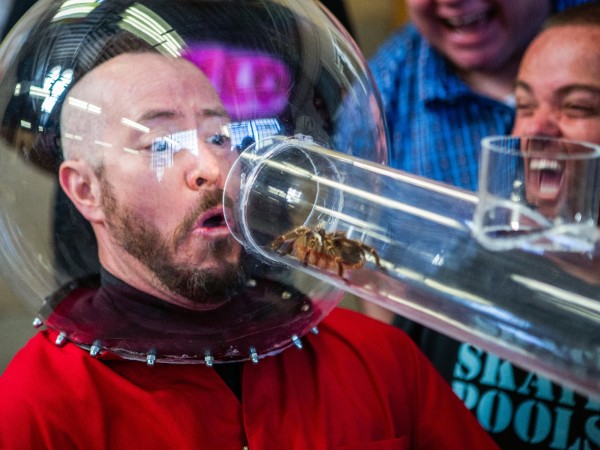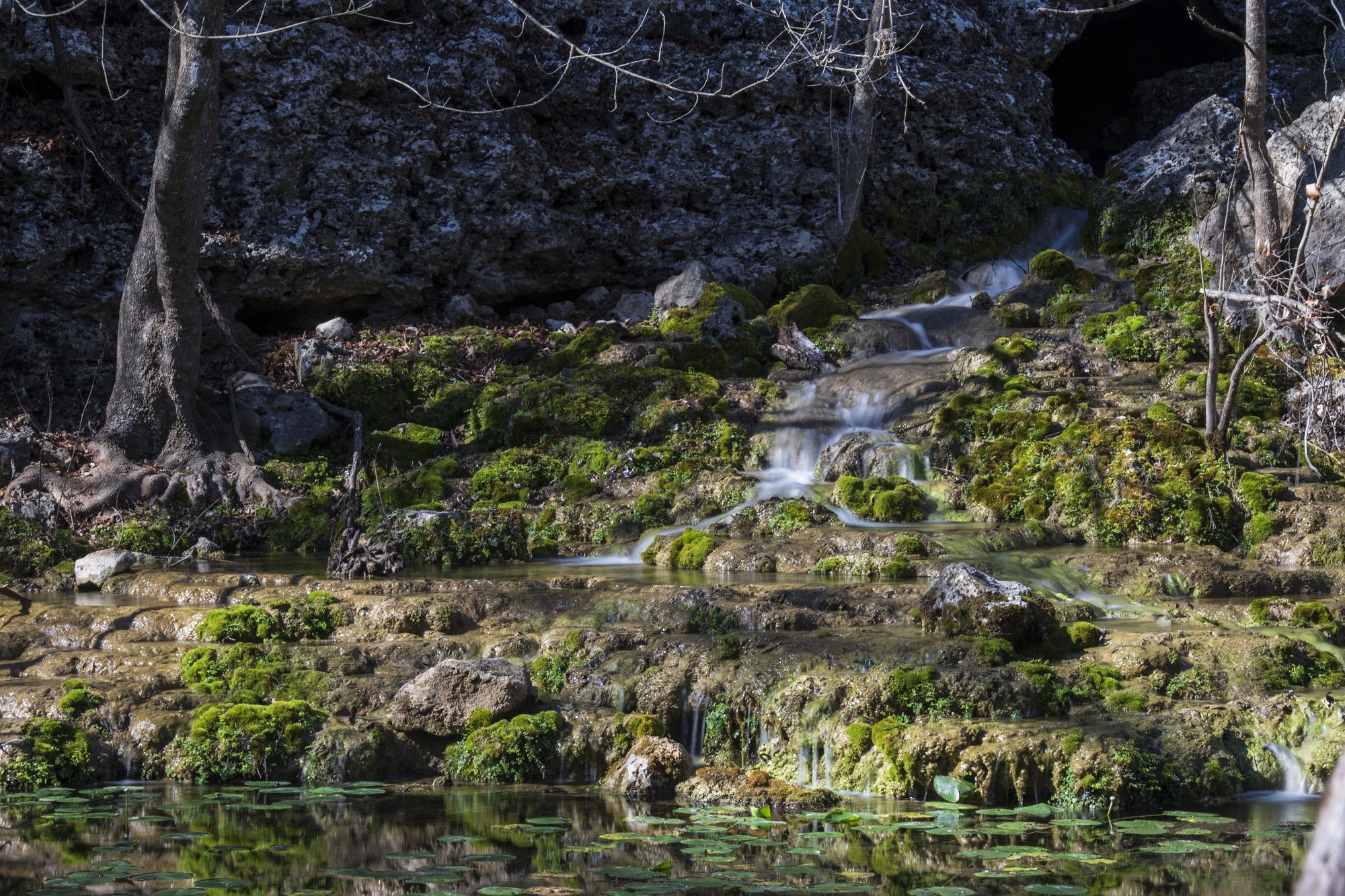A new Latino leader is headed to the city’s West Side to lead the next generation of professionals. After a months-long search, Our Lady of the Lake University named its first-ever Latino male president — Dr. Abel Antonio Chávez.
The change comes after the current president, Dr. Diane Melby, announced her retirement in May 2021.
Chávez said he’s humbled at the opportunity.
“A big sense of obligation and responsibility came upon me,” Chávez said.
Currently, Chávez serves as vice president for Enrollment and Student Success at Western Colorado University.
His degrees include:
An associate’s degree in science from Front Range Community CollegeA bachelor of science in mechanical engineering from the University of ColoradoA master’s degree in business administration from the University of HoustonA doctorate in Civil and Environmental Engineering from the University of Colorado Denver.
The president-elect is a Colorado native with ties to the Texas-Mexico border.
“Mom and dad are from Ciudad Juárez, Chihuahua, Mexico,” Chávez said. “As a kid, we were raised in Denver, and we would travel to El Paso (and) to Juárez a few times a year. Those were our vacations. So, a good four months of the year were spent down in Juárez.”
Chávez said he experienced and witnessed first-hand the complexities first-generation students face.
“I’ve seen the disparities from one side to the other side of the border, and it is not fair. But the reality is that there’s stark differences from one side to the other,” Chávez said. “From housing to economic development, energy development, food, water to transportation. The list goes on.”
He is eager to bring that perspective to OLLU, where 66% of enrolled students are Hispanic, and 40% of the entire student body identify as first-generation students, just like him.
“What I want to do is position our students at Our Lady of the Lake University to take on some of those most complex and daunting challenges… and go out into the world and continue to do some phenomenal things for society,” Chávez said.
Along with students and the institution, Chávez said his focus is also on the parents and grandparents of prospective students.
“It all starts with making myself available to sit down with families, with grandparents, with prospective students and answer their questions,” Chávez said.
The first step, according to Chávez, is to help families navigate the admission and federal financial aid application process.
“There are very easy things that we must be doing immediately to create a positive pathway to enrollment at Our Lady of the Lake (University),” Chávez said. “Then, what we do is continue to partner with faculty who are already doing some phenomenal work across (OLLU).”
His mission is to create dynamic, real-world student growth and success opportunities.
“I have some writing projects currently in the works that I want to submit before I arrive to campus this summer,” Chávez said. “I will make a case for continuing to identify and surgically remove some of these barriers of access, affordability and completion that our students continue to struggle with.”

